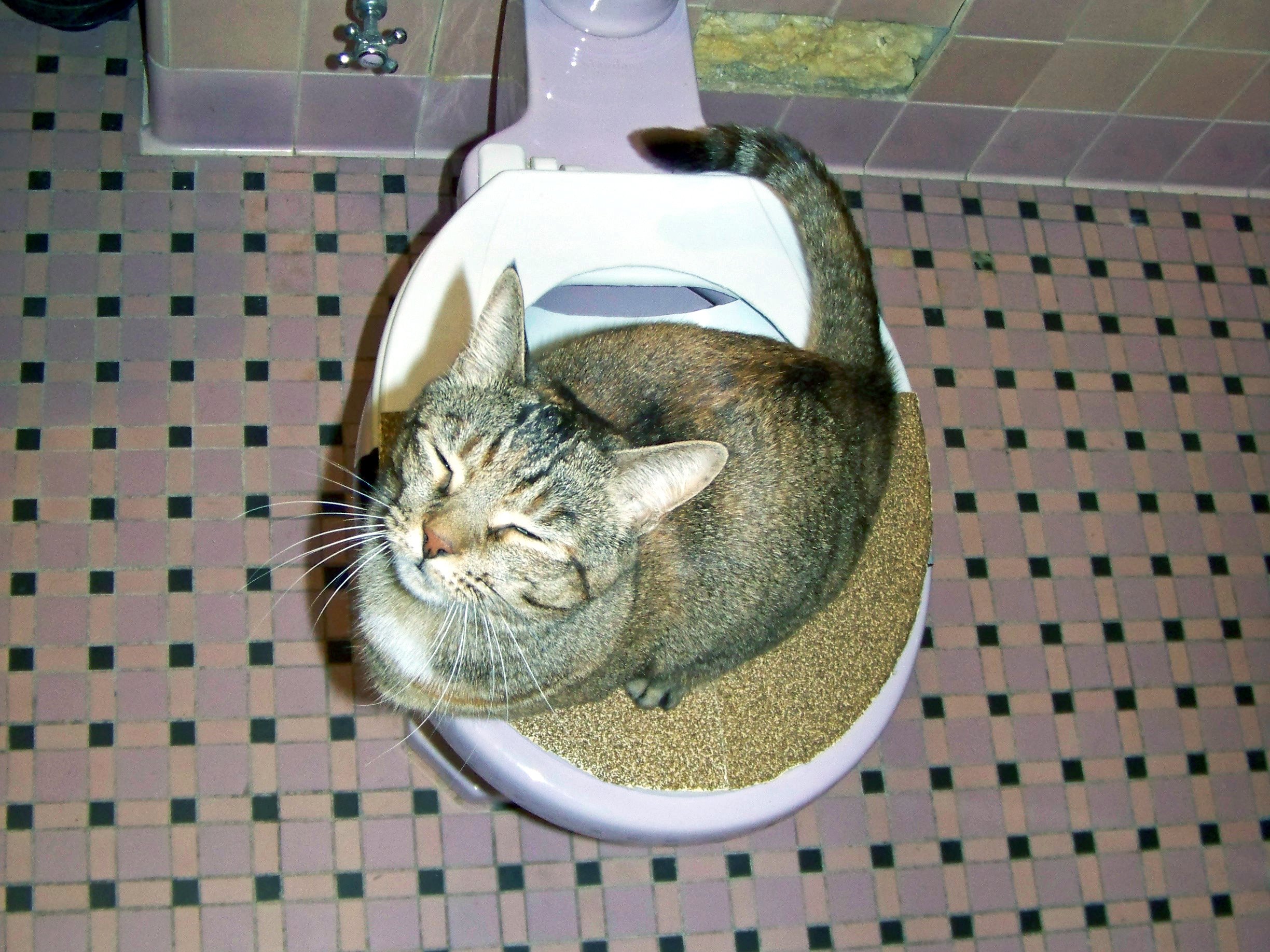We've stumbled on the article on Don't Flush Your Pets Poo Down The Loo, Vet Warns directly below on the web and reckoned it made perfect sense to quickly share it with you in this article.

When it comes to dealing with waste, particularly animal waste, lots of people commonly consider the convenient alternative of flushing it down the commode. However, this apparently very easy solution can have significant effects for the environment and public health. In this post, we'll discover why flushing animal waste down the bathroom is a poor concept and provide alternative techniques for appropriate disposal.
Intro
Proper waste disposal is critical for preserving environmental sustainability and public health. While it may appear safe to purge animal waste down the commode, it can bring about numerous problems, both for the atmosphere and human wellness.
Risks of flushing animal waste
Environmental impact
Flushing pet waste introduces damaging bacteria and microorganisms into waterways, which can adversely affect aquatic ecosystems. These virus can pollute water resources and damage marine life, interfering with fragile communities.
Public health concerns
Animal waste contains damaging microorganisms such as E. coli and Salmonella, which can pose severe health risks to humans. Flushing animal waste down the bathroom can infect water supplies, bring about the spread of diseases and infections.
Alternatives to flushing
Rather than purging pet waste down the toilet, there are a number of alternate disposal approaches that are much more eco-friendly and sanitary.
Composting
Composting pet waste is an eco-friendly way to get rid of it. By composting, raw material is broken down into nutrient-rich soil, which can be used to fertilize gardens and plants.
Land fill disposal
Disposing of pet waste in a land fill is one more option. While not as environmentally friendly as composting, it is a more secure option to flushing, as it protects against the contamination of water resources.
Animal waste disposal systems
There are specific animal waste disposal systems readily available that securely and hygienically deal with pet waste. These systems commonly make use of enzymes to break down waste and get rid of odors.
Steps to appropriate pet waste disposal
To ensure appropriate disposal of animal waste, follow these steps:
Scooping and landing waste
Consistently scoop and bag animal waste making use of naturally degradable bags. This protects against waste from polluting the atmosphere.
Utilizing marked waste bins
Dispose of bagged animal waste in assigned waste containers, such as garden compost bins or garbage dump bins. Stay clear of flushing it down the toilet in any way costs.
Cleaning litter boxes and animal areas consistently
Regularly clean litter boxes and family pet locations to prevent the buildup of waste and microorganisms. Usage read more pet-safe cleaning items to maintain health.
Benefits of proper disposal methods
Adopting correct disposal approaches for pet waste provides numerous advantages:
Decreased environmental pollution
Appropriate disposal techniques minimize the danger of environmental pollution, protecting waterways and communities from contamination
Decreased danger of water contamination.
By staying clear of flushing animal waste down the bathroom, the risk of water contamination is substantially reduced, securing public health.
Boosted sanitation and hygiene
Correct disposal approaches promote much better cleanliness and health, developing a more secure setting for both people and pets.
Final thought
To conclude, flushing pet waste down the toilet is unsafe to the setting and public health. By embracing alternate disposal methods and following appropriate waste monitoring practices, we can minimize the negative impact of animal waste and contribute to a cleaner, much healthier earth.
What To Do With Dog Poo – The Do's And Don'ts Of Disposing Of Faeces
Dog poo bins
Some councils provide dedicated dog waste bins in popular dog-walking areas that can take dog poo that has been bagged but you can legally dispose of dog waste in any public litter bin, as long as it is securely bagged. This also applies to your wheelie bin at home.
Do not flush
Water companies do not recommend flushing dog faeces down the toilet because certain parasites can survive the water processing treatment and are potentially harmful to humans. You should also never consider flushing dog poo that has been bagged down the toilet as the bags will not break down and instead create severe blockages in the sewage system.
In the woods
The Forestry Commission promotes a ‘stick and flick’ method for dealing with waste in the woods. This means finding a stick and using it to flick any poo from off the path so that it is out of the way of other walkers. You could also bury it as long as it is not in an area where there might be livestock.
Livestock
Parasites found in dog poo can be transmitted to livestock if they inadvertently eat infected faeces that has been left on grazing land. This could result in the death of sheep or abortion in cattle so you should always make sure you pick up your dog’s waste in fields where livestock could be present.

I hope you enjoyed our post about Should you flush animal waste down the toilet. Thank you so much for taking a few minutes to read through our post. Enjoyed our entry? Please quickly share it. Help other people discover it. Many thanks for your time spent reading it.
Book